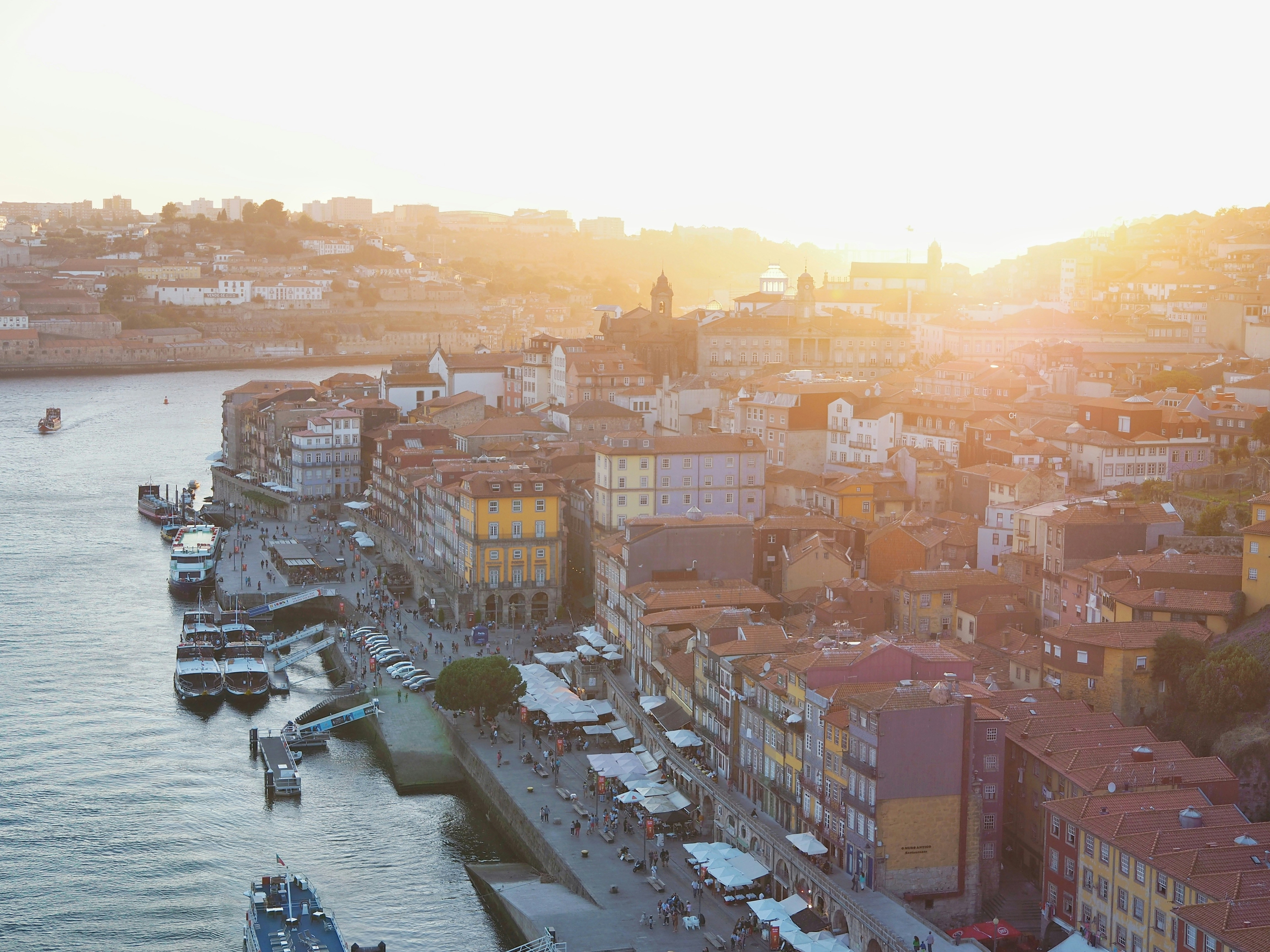
Ribeira, a riverside stroll along the Douro
Explore Porto’s Ribeira : history, narrow streets, cuisine, Douro river cruises, and iconic bridges for an authentic riverside experience.
The Ribeira district, located in the heart of Porto along the Douro River, is a true historical and cultural gem! Classified as a UNESCO World Heritage Site, it offers an immersive journey into the city’s past while remaining a lively and vibrant area today. This guide invites you to discover the many facets of Ribeira, from its fascinating history to its must-visit spots and culinary delights.
A history shaped by the Douro
Ribeira, which literally means “riverbank” in Portuguese, is one of Porto’s oldest districts. Stretching along the Douro River, it served for centuries as the city’s commercial and port hub. The quays were once bustling with fishermen, merchants, and craftsmen. The colourful houses, narrow façades, and wrought-iron balconies still bear witness to this bygone era.
At the beginning of the 20th century, Ribeira inspired numerous artists and filmmakers. Manoel de Oliveira’s 1931 film Douro, Faina Fluvial offers a poignant glimpse into the daily lives of the district’s residents, particularly women washing clothes in the Douro. This silent black-and-white documentary captures the essence of river work and local community life, providing an authentic glimpse of the time.
The tragedy of the Ponte das Barcas
While wandering through Ribeira, in front of the quays, you may come across a small fountain that rarely catches the eye. Yet, it tells a dramatic story from the Napoleonic era : in 1809, during the Second French Invasion, Porto’s residents fled to Vila Nova de Gaia to escape Napoleon’s troops. A pontoon bridge had been set up to allow crossing, but it could not withstand the panicked crowd. The bridge collapsed, and many people fell into the river, causing significant loss of life. Today, this fountain stands as a silent memorial to this tragedy, commemorating the resilience and courage of the people of Porto in the face of historical adversity.
Floods of the Douro: a collective memory
The Douro, while a vital source of life for Ribeira, has also caused numerous tragedies due to flooding. The district was devastated several times, notably in 1727, 1748, 1809, and 1909, as evidenced by the historical markers still present. The most catastrophic flood occurred at Christmas in 1909, when the river swallowed the quays and threatened the D. Luís I Bridge. This flood left lasting marks on residents’ memories and led to extensive infrastructure improvements to protect the city from future disasters.
These events have also influenced local culture. Residents developed construction techniques adapted to flooding, with elevated houses and reinforced foundations. Stories and traditions were passed down through generations, making floods a central element of Ribeira’s identity.
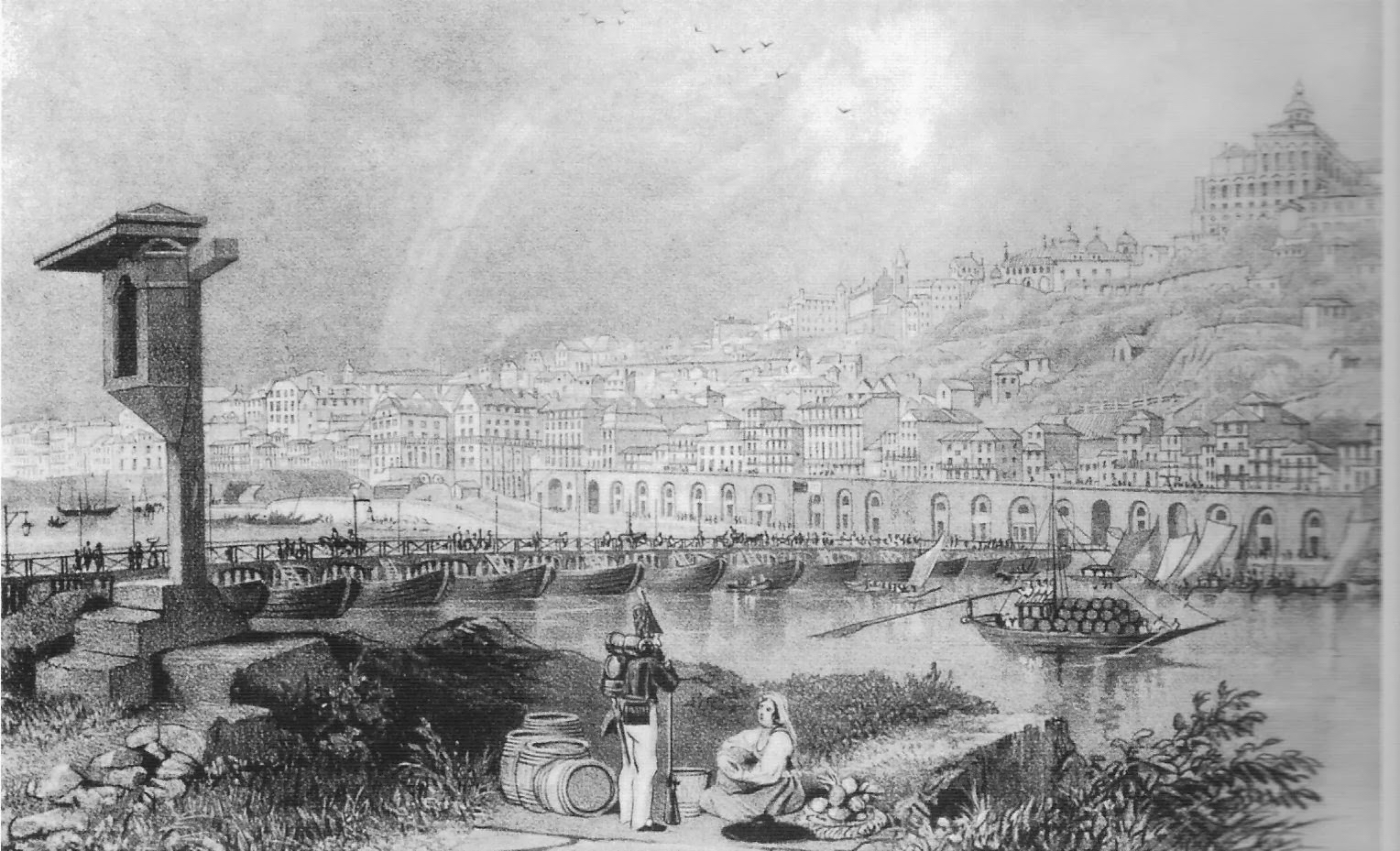
© dessin de Joseph James Forrester, av. 1848
Flood markers along the Douro
Walking along the Cais da Ribeira, you may notice small engraved stones or pillars with markings : these are the flood markers of the Douro. They indicate the heights reached by the river during historical floods, some dating back several centuries, such as those of 1727, 1748, and 1909. For visitors, these markers provide a tangible reminder that the district’s charm is inseparable from its history, and that each quay tells a story where nature and urban life intersect.
Strolling through picturesque streets
Getting lost in Ribeira’s narrow, winding streets is an experience in itself ! Every corner reveals architectural treasures, small artisan shops, and welcoming cafés. Steep staircases often lead to viewpoints offering breathtaking views of the Douro and Porto’s iconic bridges. In the morning, the district awakens slowly, while in the evening it comes alive with music, laughter, and the lively chatter of locals and visitors alike.
Ribeira’s narrow architecture
As you explore the streets of Ribeira, you will notice that the buildings are surprisingly narrow and tall, with colourful façades and balconies often adorned with Portuguese flags or FC Porto banners. This architectural feature is not just aesthetic: it has its roots in Porto’s fiscal history. Until the 19th century, property taxes were calculated based on the width of a building’s façade. To pay less, residents constructed narrow but deep houses, often with multiple floors. This fiscal constraint created a unique urban landscape, where each street seems to tell a story of strategy and ingenuity. Today, these narrow buildings are a defining charm of Ribeira and a testament to how daily life and economic limitations shaped Porto’s identity.
Iconic bridges of Ribeira
Ribeira is the perfect starting point to admire Porto’s famous bridges. The imposing D. Luís I Bridge links Ribeira to Vila Nova de Gaia, where the Port wine cellars are located. Several operators offer river cruises (between €10 and €15 per person), allowing you to discover these bridges from a unique perspective on the Douro.
Local gastronomy, a feast for the senses
Ribeira is ideal for tasting traditional Portuguese cuisine. Some of our tried-and-tested recommendations include :
Taberna dos Mercadores : an intimate restaurant serving authentic regional dishes.
Ribeira Square : a family-run establishment located between the Palacio da Bolsa and Porto Cathedral, offering a perfect introduction to local gastronomy.
Terra Nova : blends local flavours with international influences, providing an innovative culinary experience with stunning views over the Douro.
Must-do activities
Douro River cruise : embark on a one-hour cruise to discover Porto’s six bridges and admire the city from a fresh perspective.
Visit the Port wine cellars : cross the D. Luís I Bridge to Vila Nova de Gaia and explore the famous cellars, an absolute must in Porto !
Stroll along the quays : enjoy the lively atmosphere, street performers, musicians, and local artisans.
Practical information
Access : Ribeira is easily reachable on foot from Porto city centre, or via the metro (São Bento and Aliados stations).
Best time to visit : spring and autumn offer pleasant weather and fewer tourists. Summer is lively, but expect crowds.
Safety : generally safe, though it’s wise to remain aware of your surroundings, especially at night.
Ribeira is the soul of Porto ; it embodies the city’s history, culture, and conviviality. Whether you are a history enthusiast, a foodie, or simply seeking a charming stroll, Ribeira will captivate you. Take time to wander its streets, savour traditional dishes, and immerse yourself in its unique atmosphere.
Share this article
Suggested articles

Porto Seen from the River, The Six Bridges Cruise
Porto is a city of unique charm, and it reveals an even more beautiful side when seen from the Douro River. One of the must-do experiences for anyone visiting the city is the famous Six Bridges Cruise! It offers a truly unique perspective on the city’s striking architecture, its magnificent bridges, and the surrounding landscape.
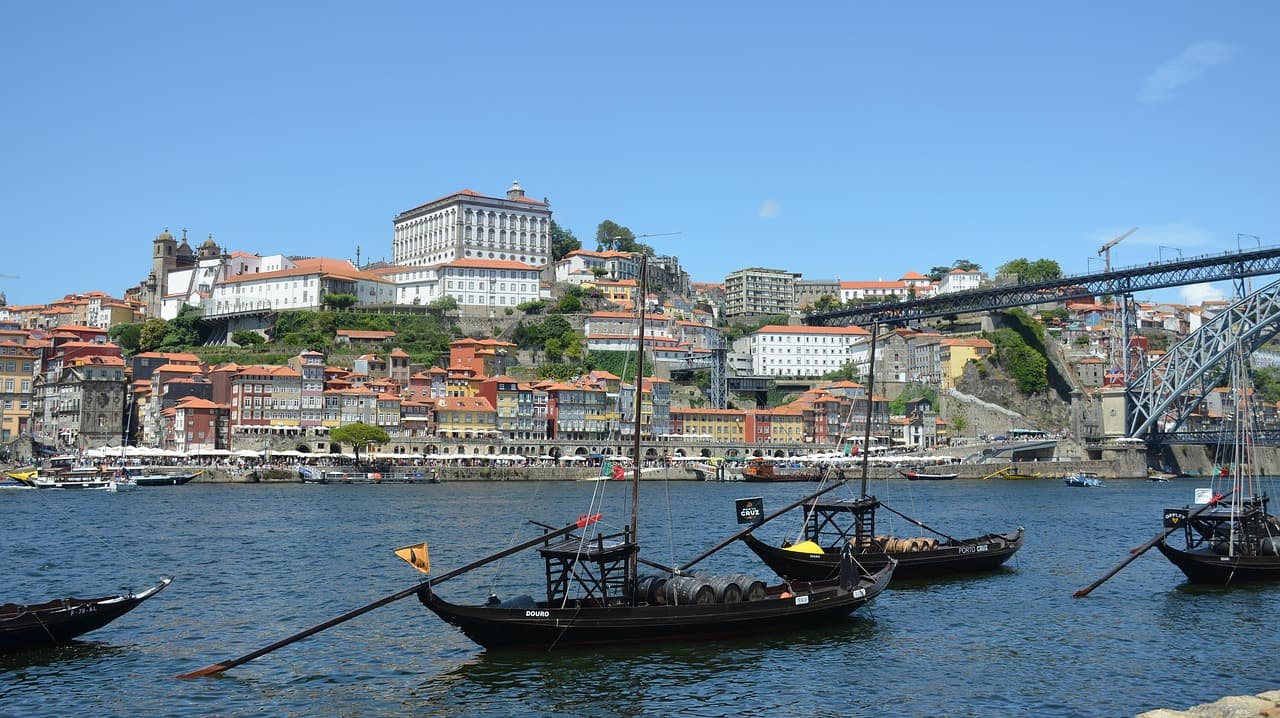
72 Hours in Porto (Oporto), The Perfect Itinerary
Porto (also named by foreigners “Oporto”) is Portugal’s second-largest city and, naturally, a must-visit destination for those who appreciate culture, gastronomy, and wine, particularly the famous Port wine!
.jpeg&w=3840&q=75)
Serralves in Porto, Contemporary Art in a Green Haven
Just a few minutes from Porto’s busiest avenues lies a true sanctuary of contemporary art and nature: the Serralves Foundation. Less visited than other urban landmarks in the city, this unique complex combines modern architecture, a romantic garden, and (very) daring exhibitions. If you are looking for a cultural experience in a green setting, this place is well worth your attention !
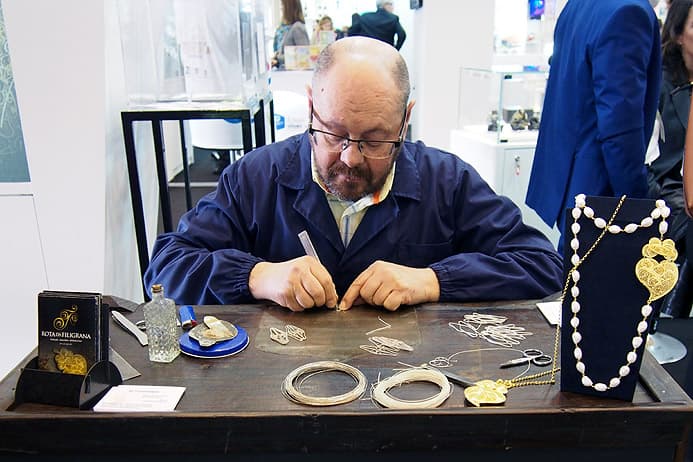
Filigree Art, Portuguese Gold and Silver Jewellery
Portugal boasts a rich artisanal heritage, and among its treasures, filigree art shines for its finesse, delicacy, and timeless elegance ! Filigree is an ancestral jewellery technique that involves working gold or silver into extremely fine threads to create intricate patterns.
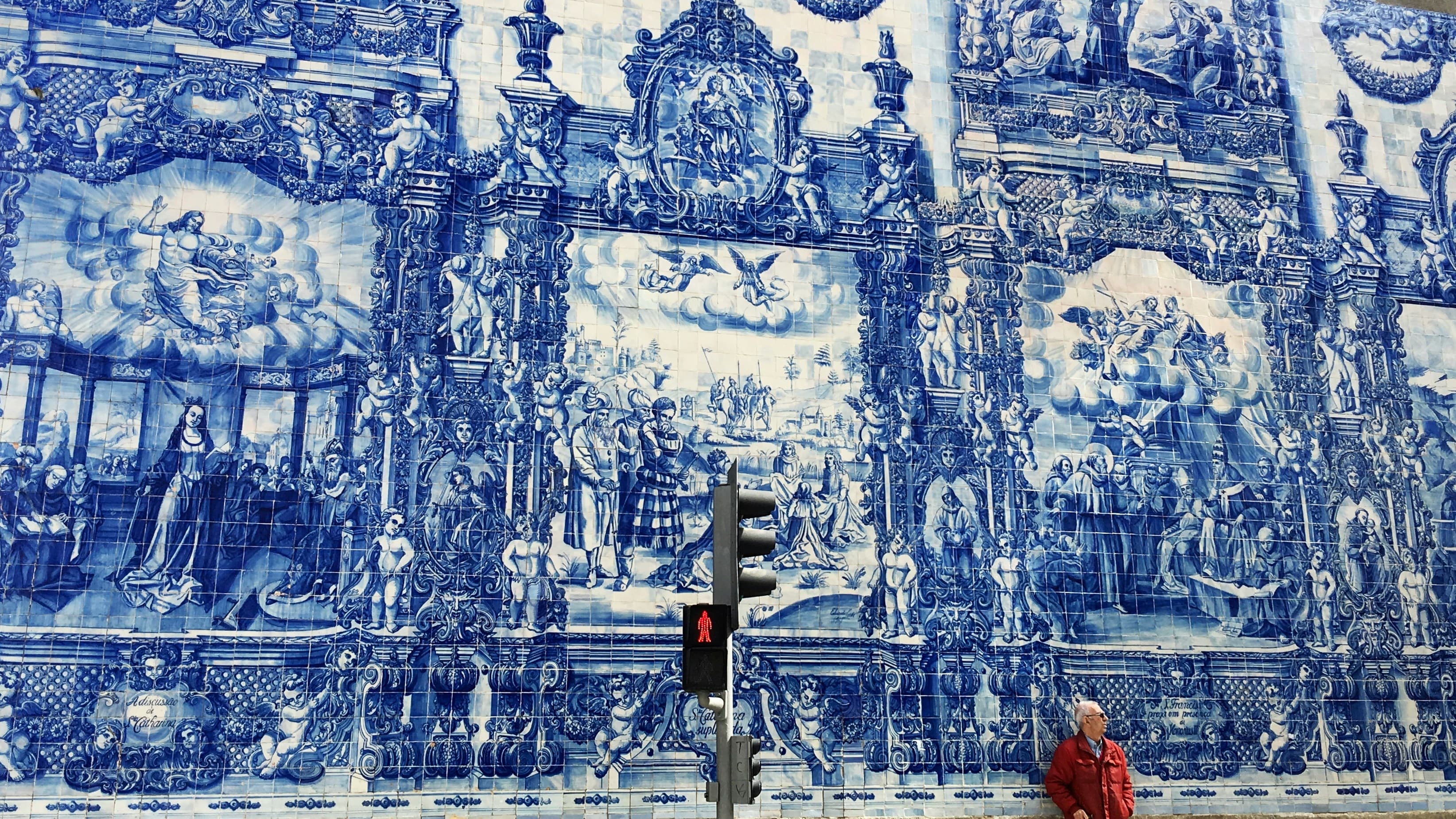
Porto and Its Azulejo Mania, Facades to Photograph
Porto is not just known for its eponymous wine or iconic bridges… it is also an open-air museum thanks to its façades covered in azulejos, those painted ceramic tiles that adorn buildings, churches, and palaces !
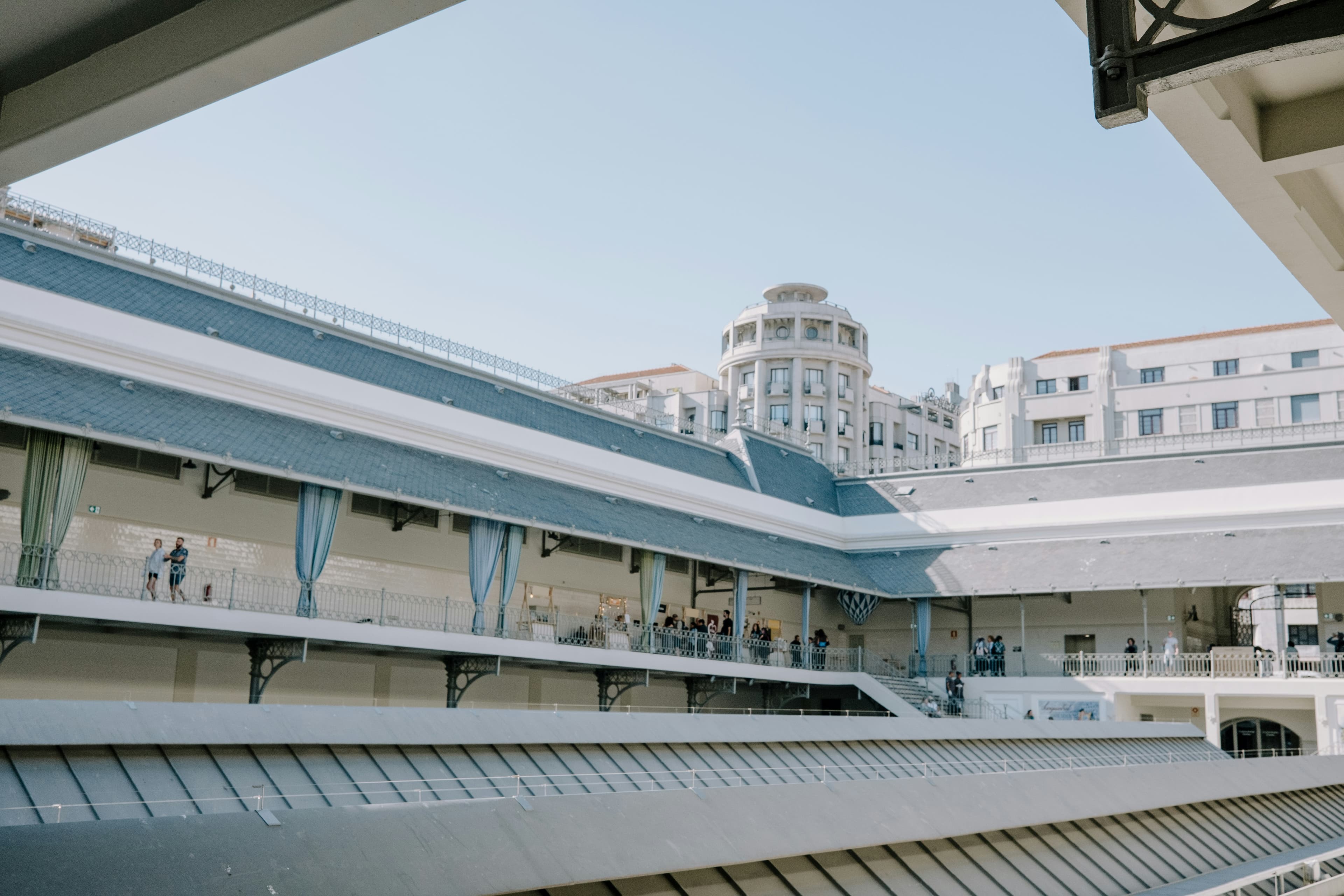
Bolhão Market, The Heart of Porto’s Popular Life
In the heart of Porto’s historic centre, the iconic “Mercado do Bolhão” stands as one of the city’s living symbols. Opened in 1914, it has recently undergone renovation to preserve its authenticity while adapting to contemporary needs.


